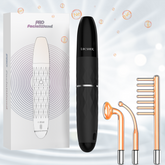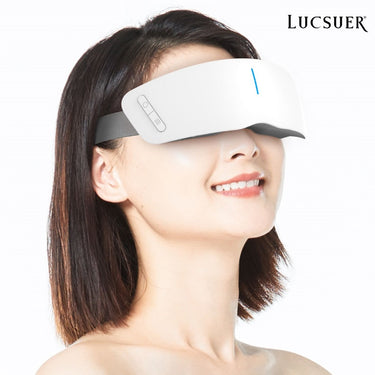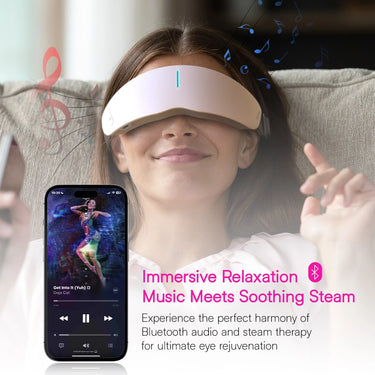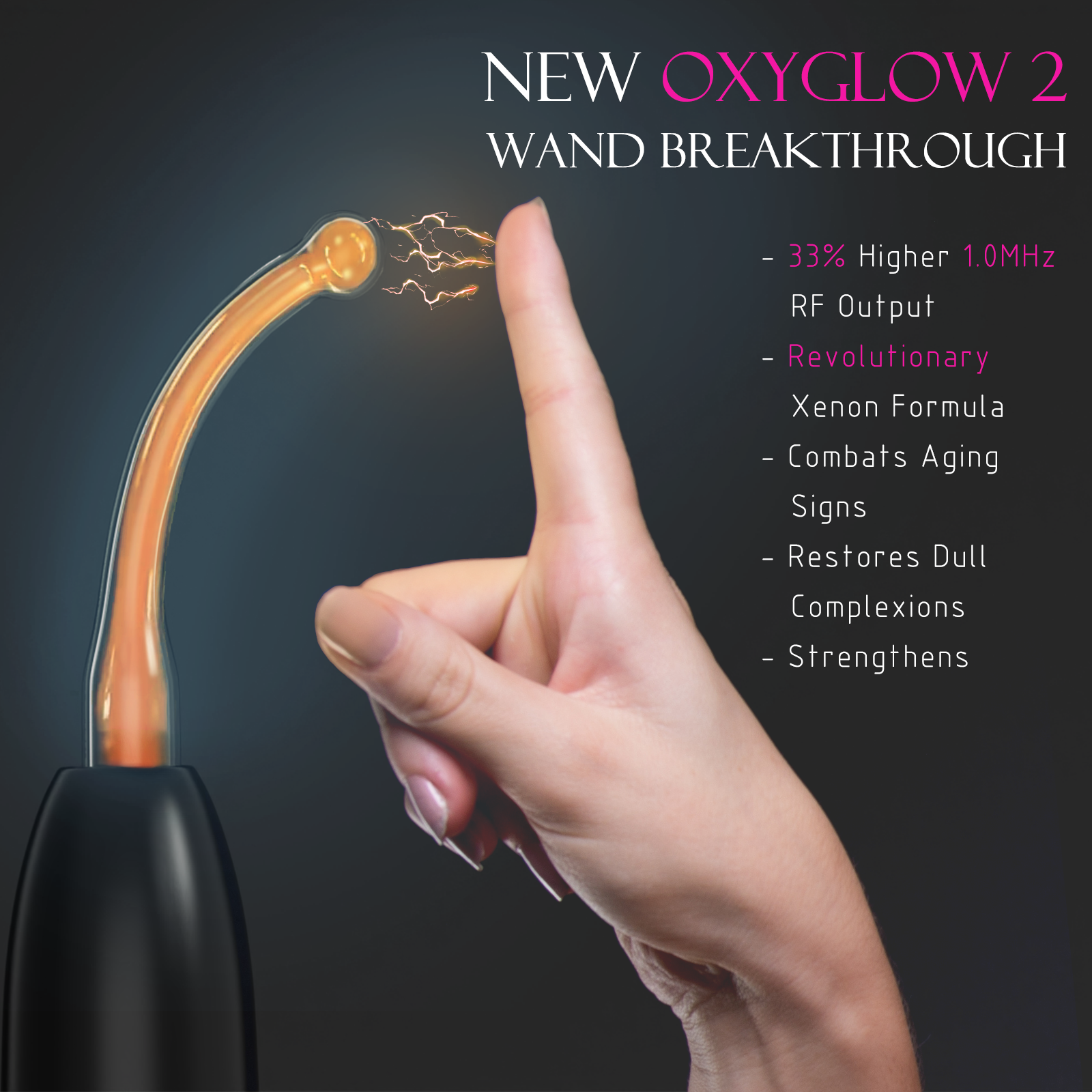In the ever-evolving world of skincare, choosing the right treatment can feel like navigating a complex maze. With so many options available, from high-tech devices to tried-and-true chemical treatments, it’s crucial to understand what each offers and how they compare. Today, we’re putting the spotlight on the high frequency machine and how it stacks up against other popular skin treatments.
What is a High Frequency Machine?
Before we dive into comparisons, let’s get acquainted with the star of our show: the high frequency machine.
Definition and History
High frequency machines have been a staple in professional skincare for over a century. Developed in the late 1800s by renowned scientist Nikola Tesla, these devices were initially used for various medical treatments. It wasn’t until the early 1900s that the beauty industry recognized their potential for skincare.
How It Works
These machines operate on a simple yet powerful principle: they use a glass electrode to transmit a mild electrical current to the skin. This current creates oxygen when it comes into contact with the air, forming ozone. The combination of the electrical stimulation and ozone provides a range of benefits for the skin.
Benefits
High frequency treatments are celebrated for their versatility. Some key benefits include:
- Acne treatment and prevention
- Improved blood circulation
- Reduced appearance of fine lines and wrinkles
- Enhanced product absorption
- Lymphatic drainage
- Skin tightening
Common Long Tail Keywords:
- High frequency machine for acne
- High frequency machine benefits
- How to use a high frequency machine at home
Comparison with Other Skin Treatments
Now that we understand high frequency machines, let’s see how they measure up against other popular skin treatments.
1. Microdermabrasion
How It Works
Microdermabrasion is a mechanical exfoliation method that uses tiny crystals or a diamond-tipped wand to remove the top layer of dead skin cells.
Benefits and Drawbacks
Benefits:
- Effective for improving skin texture
- Can help with mild acne scars and hyperpigmentation
- Minimal downtime
Drawbacks:
- May cause temporary redness and sensitivity
- Not suitable for active acne or rosacea
- Results are often short-lived, requiring regular treatments
Cost and Accessibility
Microdermabrasion treatments typically range from $75 to $200 per session. They’re widely available at spas and dermatology offices, with at-home devices also on the market.
2. Chemical Peels
How They Work
Chemical peels use a solution of acids to remove the top layers of skin, promoting cell turnover and revealing fresher skin underneath. They come in light, medium, and deep strengths.
Benefits and Drawbacks
Benefits:
- Can address multiple skin concerns (acne, pigmentation, fine lines)
- Customizable to different skin types and concerns
- Can provide dramatic results, especially with deeper peels
Drawbacks:
- Potential for irritation and peeling
- Deeper peels require significant downtime
- Increased sun sensitivity post-treatment
Cost and Recovery Time
Costs vary widely based on the type of peel, ranging from $100 for a light peel to over $1,000 for a deep peel. Recovery time can be anywhere from a few days for light peels to several weeks for deep peels.
3. Laser Treatments
How They Work
Laser treatments use focused light energy to target specific skin concerns. Different types of lasers can address various issues, from pigmentation to skin tightening.
Benefits and Drawbacks
Benefits:
- Can provide significant improvement for specific concerns
- Some treatments offer long-lasting results
- Can target deep layers of skin
Drawbacks:
- Often require multiple sessions for optimal results
- Can be expensive
- Risk of burns or pigmentation changes if not performed correctly
Cost and Potential Side Effects
Laser treatments are typically the most expensive option, ranging from $200 to over $2,000 per session. Side effects can include redness, swelling, and in rare cases, scarring or changes in skin pigmentation.
4. Microneedling
How It Works
Microneedling involves using a device with tiny needles to create micro-injuries in the skin, stimulating collagen production and skin renewal.
Benefits and Drawbacks
Benefits:
- Effective for improving skin texture and reducing scars
- Can enhance product absorption
- Suitable for most skin types
Drawbacks:
- May cause temporary redness and sensitivity
- Multiple treatments are often needed for best results
- Not suitable for active acne or certain skin conditions
Cost and Downtime
Professional microneedling sessions typically cost between $200 and $700. Downtime is usually minimal, with redness subsiding within a day or two.
High Frequency Machine vs. Other Treatments: A Comparative Analysis
Effectiveness for Different Skin Conditions
| Treatment | Acne | Fine Lines | Pigmentation | Texture |
|---|---|---|---|---|
| High Frequency | ★★★★☆ | ★★★☆☆ | ★★☆☆☆ | ★★★☆☆ |
| Microdermabrasion | ★★☆☆☆ | ★★☆☆☆ | ★★★☆☆ | ★★★★☆ |
| Chemical Peels | ★★★★☆ | ★★★★☆ | ★★★★☆ | ★★★★☆ |
| Laser Treatments | ★★★☆☆ | ★★★★★ | ★★★★★ | ★★★★☆ |
| Microneedling | ★★★☆☆ | ★★★★☆ | ★★★☆☆ | ★★★★★ |
Cost Comparison
- High Frequency Machine: $30-$200 for at-home devices; $50-$150 per professional session
- Microdermabrasion: $75-$200 per session
- Chemical Peels: $100-$1,000+ per session
- Laser Treatments: $200-$2,000+ per session
- Microneedling: $200-$700 per session
Safety and Side Effects
High frequency treatments are generally considered safe with minimal side effects when used correctly. They’re non-invasive and suitable for most skin types. Other treatments, particularly chemical peels and laser treatments, carry a higher risk of side effects and require more careful consideration of skin type and condition.
Convenience and Accessibility
High frequency machines stand out in terms of convenience and accessibility. With affordable at-home options available, they offer the flexibility of regular treatments without the need for frequent spa or clinic visits. Other treatments typically require professional administration, making them less convenient for regular use.
Choosing the Right Treatment for Your Skin Type
Identifying Your Skin Concerns
Before selecting a treatment, it’s crucial to identify your primary skin concerns. Are you battling acne, looking to reduce fine lines, or aiming to improve overall skin texture? Understanding your goals will help narrow down the most effective options.
Consulting with a Dermatologist
While this guide provides a comprehensive overview, nothing beats personalized advice from a skincare professional. A dermatologist can assess your skin type, concerns, and medical history to recommend the most suitable treatment plan.
Personal Preferences and Lifestyle
Consider factors like budget, time commitment, and comfort with different procedures. If you prefer a gentle, non-invasive approach that you can do at home, a high frequency machine might be ideal. For more dramatic results and don’t mind some downtime, you might lean towards chemical peels or laser treatments.
Conclusion
Each skin treatment we’ve explored offers unique benefits and considerations. High frequency machines stand out for their versatility, convenience, and gentle approach, making them an excellent option for maintaining skin health and addressing various concerns. However, for specific, stubborn issues, other treatments like chemical peels or laser therapy might be more appropriate.
Remember, skincare is not one-size-fits-all. The best approach often involves a combination of treatments and a consistent at-home routine. By understanding the options available and considering your individual needs, you can make an informed decision to achieve your skin goals.
FAQs
Q: Can I use a high frequency machine at home?
A: Yes, many high frequency machines are designed for safe home use. Always follow the manufacturer’s instructions and start with the lowest setting.
Q: How often should I use a high frequency machine?
A: For most skin types, 2-3 times a week is ideal. However, those with sensitive skin might start with once a week and gradually increase frequency.
Q: Are there any side effects of using a high frequency machine?
A: When used correctly, side effects are minimal. Some users may experience temporary redness or tingling, which typically subsides quickly.
Q: How does a high frequency machine compare to other acne treatments?
A: High frequency machines can be very effective for mild to moderate acne, offering a gentler alternative to harsh topical treatments. They work well in conjunction with a good skincare routine but may not be as powerful as some professional treatments for severe acne.









